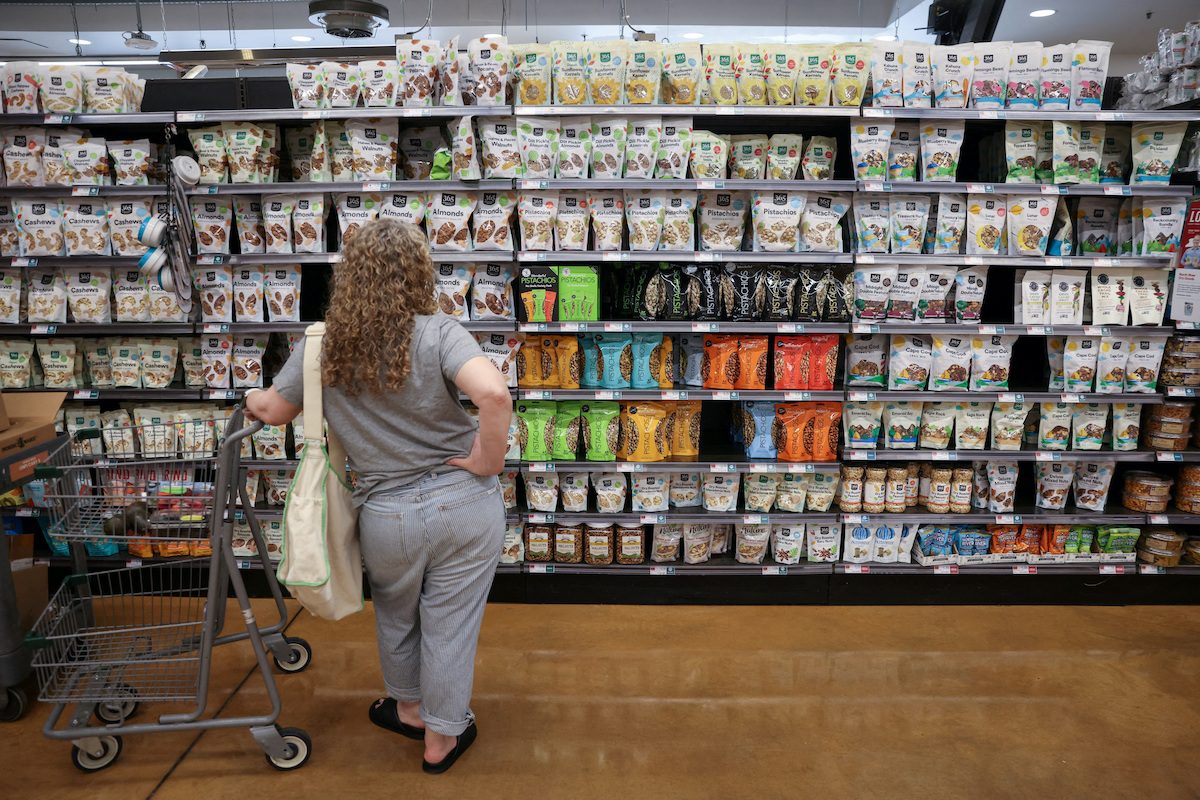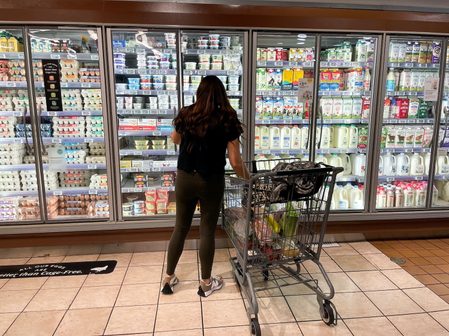SUMMARY
This is AI generated summarization, which may have errors. For context, always refer to the full article.

WASHINGTON, USA – US consumer prices surged 9.1% in June, the largest annual increase in more than four decades amid stubbornly high costs for gasoline, food, and rent, cementing the case for another 75-basis-point interest rate hike by the Federal Reserve this month.
The larger-than-expected increase in the year-on-year consumer price index reported by the Department of Labor on Wednesday, July 13, also reflected higher prices for health care, motor vehicles, apparel, as well as household furniture. The CPI increased by the most in nearly 17 years on a monthly basis.
The inflation data followed on the heels of stronger-than-expected job growth in June and suggested that the Fed’s aggressive monetary policy stance had made little progress so far in cooling domestic demand and bringing inflation down to its 2% target.
Though a global problem, high inflation is a political risk for US President Joe Biden and his Democratic Party heading into congressional elections in November.
“Despite the Fed’s best intentions, the economy looks to be moving into a higher inflation regime,” said Christopher Rupkey, chief economist at FWDBONDS in New York. “The Fed is even further behind the curve after today’s sizzling report.”
The consumer price index increased 1.3% last month, the biggest monthly gain since September 2005, after advancing 1% in May. A 7.5% surge in energy prices accounted for nearly half of the increase in the CPI. Gasoline prices jumped 11.2% after rebounding by 4.1% in May.
Natural gas prices rose 8.2%, the most since October 2005, while the cost of electricity increased 1.7%. Food prices gained 1%. The cost of food consumed at home rose 1%, posting the sixth straight monthly increase of at least 1%.
In the 12 months through June, the CPI jumped 9.1%. That was the biggest gain since November 1981 and followed an 8.6% rise in May. Economists polled by Reuters had forecast the CPI would rise 1.1% and accelerating 8.8% year-on-year. Consumer prices are surging, driven by snarled global supply chains and massive fiscal stimulus from governments early in the COVID-19 pandemic.
The ongoing war in Ukraine, which has caused a spike in global food and fuel prices, has worsened the situation.
The Bank of Canada on Wednesday announced a full-percentage-point increase in its policy rate, a supersized hike last seen in 1998.
US gasoline prices hit record highs in June, averaging above $5 per gallon, according to data from motorist advocacy group American Automobile Association. They have since declined from last month’s peak and were averaging $4.631 per gallon on Wednesday, which could ease some of the pressure on consumers.
US stocks opened lower. The dollar rose against a basket of currencies. US Treasury prices fell.
Underlying inflation
The government reported last Friday, July 8, that the economy created 372,000 jobs in June, with a broader measure of unemployment falling to a record low.
Labor market tightness is also underscored by the fact that there were nearly two jobs for every unemployed person at the end of May. Financial markets overwhelmingly expect the US central bank to raise its policy rate by 75 basis points at its July 26-27 meeting. The Fed has hiked its overnight interest rate by 150 basis points since March.
Annual food prices are rising at their fastest pace since February 1981, with energy prices posting their largest jump in more than 42 years.
There had been hope that a shift in spending from goods to services would help cool inflation. But the very tight labor market is boosting wages, contributing to higher prices for services.
Underlying inflation pressures remained strong last month. Excluding the volatile food and energy components, the CPI gained 0.7% in June after climbing 0.6% in May. The so-called core CPI was boosted by the cost of rent, which shot up 0.8%, the largest monthly increase since April 1986.
New vehicle prices maintained their upward trend as did those for used cars and trucks. The cost of motor vehicle maintenance and repairs surged 2%, the most since September 1974. Healthcare costs rose 0.7%, with a record increase in the cost of dental services. Apparel price increased 0.8%, despite retailers saying they would have to offer discounts because of excess inventory.
The core CPI increased 5.9% in the 12 months through June. That followed a 6% rise in the 12 months through May. High inflation and rising borrowing costs are stoking fears of a recession by early next year. – Rappler.com
How does this make you feel?


![[OPINION] A rebellion long overdue](https://www.rappler.com/tachyon/2024/06/mass-uprising-matrix-june-4-2024.jpg?resize=257%2C257&crop_strategy=attention)







